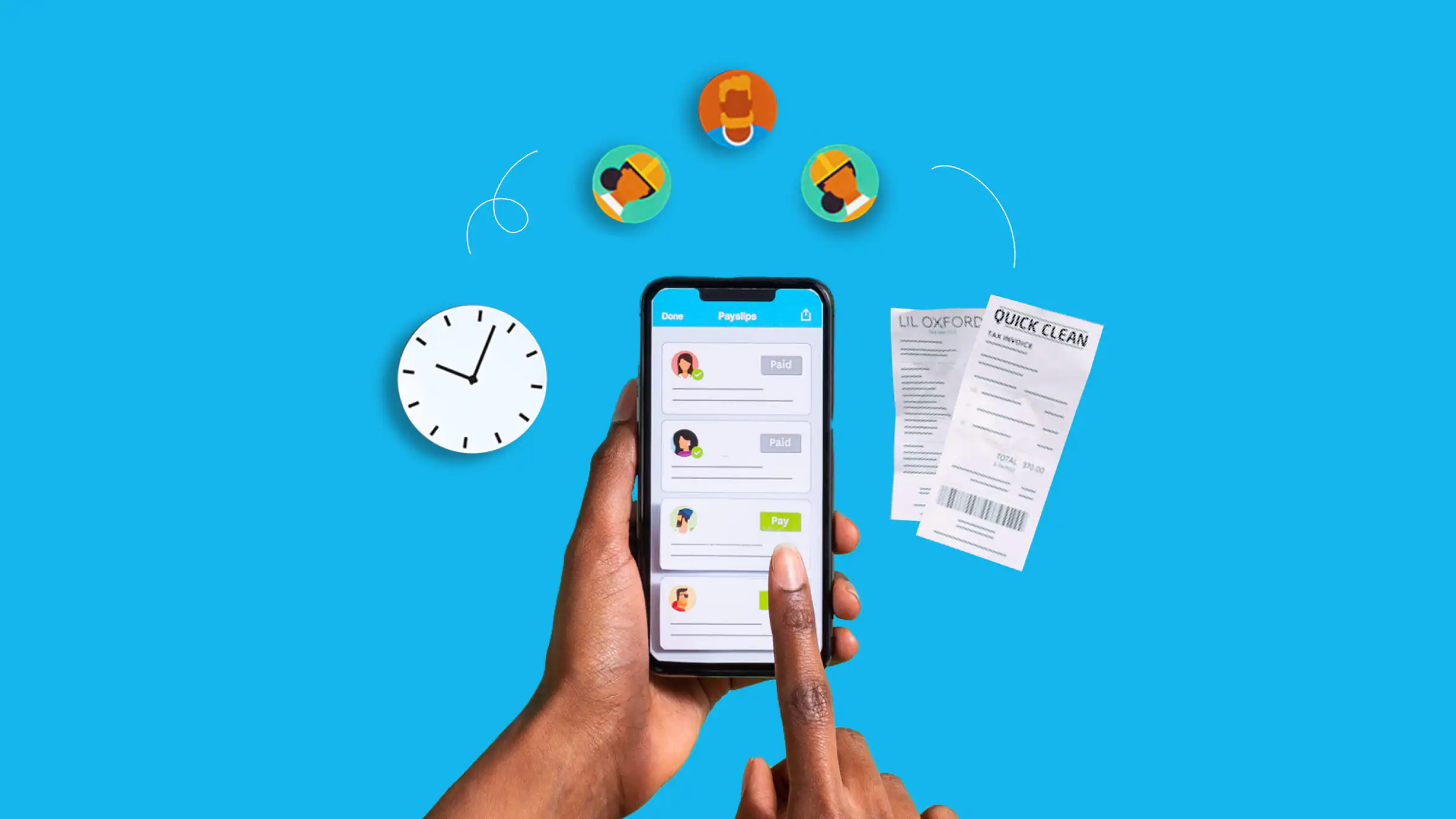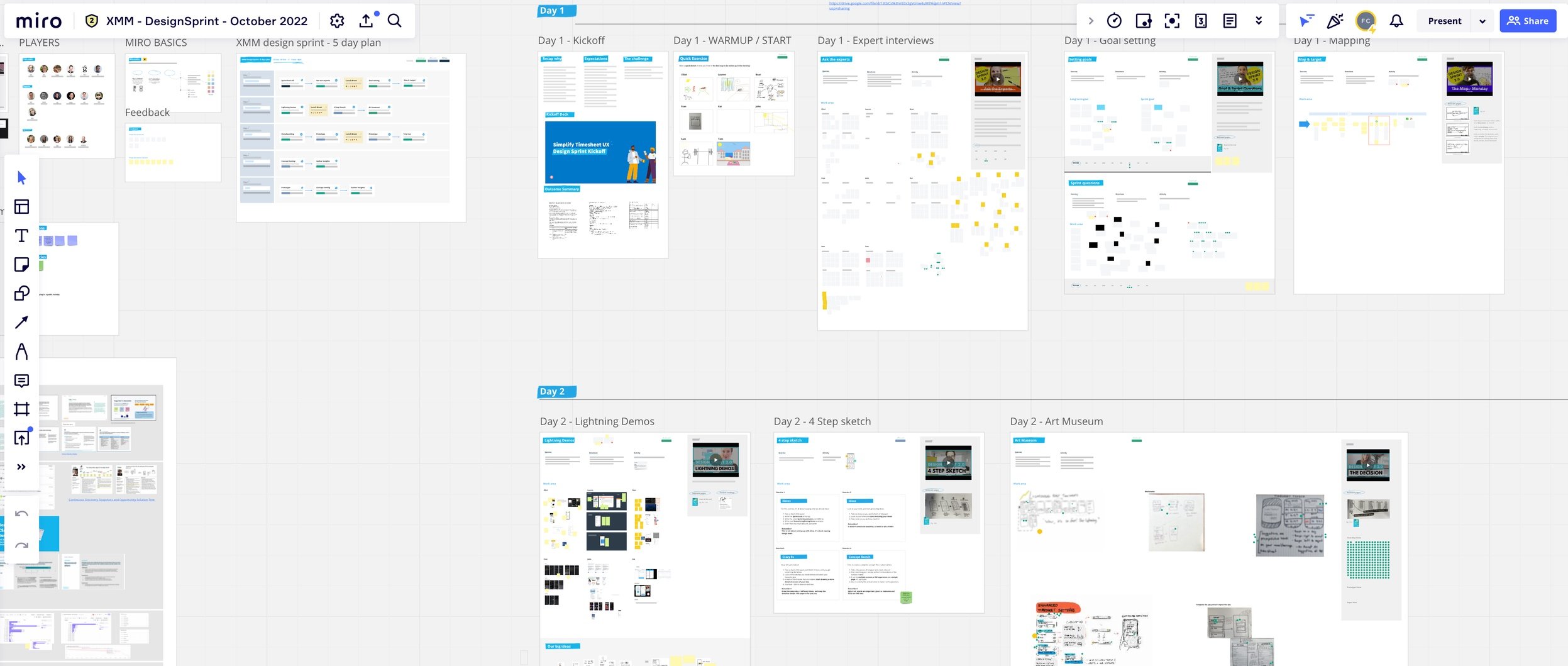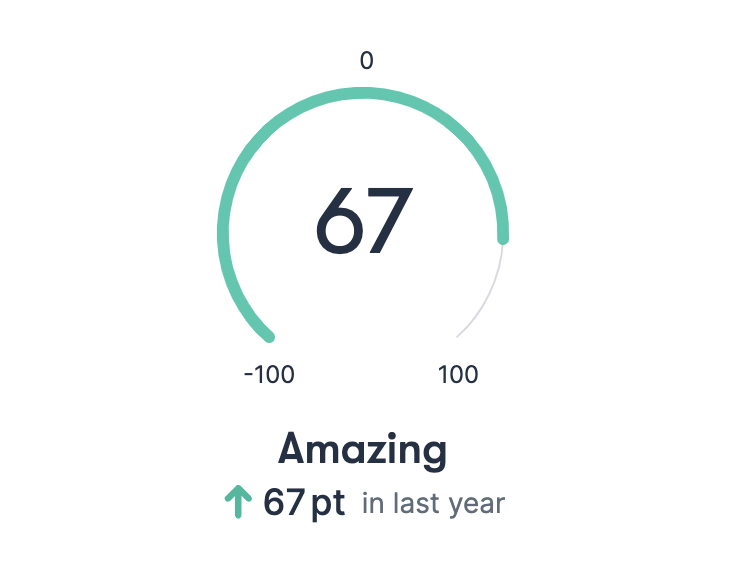
Xero
As the Manager of Product Design for Xero’s Payroll, Xero Me, and Expenses teams, I led a global design team to create user-centric digital experiences in one of Xero’s most critical product divisions.
My role encompassed delivering strategic product initiatives, improving operational efficiency through cross-functional collaboration, and scaling the team’s capabilities via coaching and career development pathways. Additionally, I championed design quality by establishing best practices while playing a key role in broader design leadership initiatives that helped elevate the impact of design across the company.

I played a key role in delivering on Xero's product and strategic initiatives by collaborating closely with senior product, design, and engineering leaders across multiple work streams. This collaboration helped define product strategy, shape roadmaps, and ensure seamless, high-quality user experiences across platforms. Additionally, I worked to improve operational efficiency through strong partnerships with cross-functional and divisional leaders.
Beyond my core responsibilities, I focused on scaling and growing the design team’s capabilities through coaching and structured career development pathways. I ensured design rigor and quality were maintained by establishing best practices, processes, and systems across our teams.
I was also deeply involved in broader design leadership initiatives, championing design across Xero and contributing to the strategic direction of our design leadership team. My efforts extended beyond my immediate team to foster a culture of design excellence throughout the company.
One of my key achievements was leading the team that expanded Xero’s Payroll product to meet compliance requirements across multiple jurisdictions. This initiative required deep collaboration with global stakeholders to ensure the product adhered to legal and regulatory standards while maintaining an exceptional user experience.
Throughout my tenure, I made several key contributions that significantly impacted Xero’s product development and user experiences, including:
Delivering cohesive mobile experiences: Led the creation of the Xero Me Mobile design system, enhancing consistency and usability across mobile platforms.
Implementing rapid ideation and validation methodologies: Championed the adoption of Design Thinking and Design Sprint methodologies, enabling the team to quickly validate ideas and align key stakeholders.
Improving design operations and collaboration: Established a robust product design process and engagement model that increased collaboration between design, product, and engineering teams.
Integrating design-led initiatives into the roadmap: Introduced experience-driven roadmaps, ensuring design played a central role in product planning and execution.
Each of these contributions helped elevate the overall quality and strategic alignment of Xero’s product offerings. Below, I will expand on these areas and the impact they had across the company.
Delivering cohesive mobile experiences.
Recognized a gap: Identified the absence of a dedicated mobile design system at Xero, with teams using inconsistent components across apps, leading to an inconsistent user experiences and a lack of standard usability guidelines for mobile products.
Led cross-division collaboration: Drove efforts to unify mobile design practices across the organization by bringing together designers from multiple mobile teams. Fostered collaboration and engagement through weekly alignment sessions, which were previously lacking.
Established core mobile guidelines: Developed the core fundamentals for Xero’s mobile apps, ensuring a cohesive and consistent user experience. All guidelines were defined with AAA accessibility standards at its core, ensuring that the apps were usable for all audiences, adhering to the highest accessibility compliance.
Coached designers on mobile best practices: Actively mentored and coached the Xero Me design team on mobile design best practices, equipping them with the skills to think more deeply about mobile experiences, usability, and patterns, resulting in a team fully knowledgeable in mobile-first design principles.
Built a foundation for scalability: Ensured that all guidelines and components defined by my team were scalable, flexible, and could be contributed back to Xero’s official design system as the company began to build a dedicated mobile design systems team.
Enabled continuous iteration: Encouraged an open contribution model where designers from mobile teams across Xero could utilize, define, and add components to the mobile design system, promoting ongoing improvements and ownership.
Impact: This initiative resulted in a solid set of mobile guidelines, a team fully versed in mobile best practices, and a strong collaboration model across mobile teams at Xero. These efforts helped establish a consistent, scalable foundation for future mobile product development within the company.
Design thinking and design sprint methodologies.
Recognized inefficiencies in collaboration: Identified challenges with Xero's approach to collaboration, where teams handed off work sequentially. This process led to significant delays, as issues would surface late in development, and teams lacked a shared understanding of design decisions. The absence of quick feedback loops resulted in lost time and rework.
Introduced Design Sprints to accelerate decision-making: To address these challenges, I championed the adoption of Design Thinking and Design Sprint methodologies, involving product, design, and engineering teams from the very start of the process. This approach facilitated faster decision-making, streamlined collaboration, and reduced room for errors by ensuring everyone was aligned on decisions early in the process. It also helped create faster iterations and quick feedback loops, eliminating delays and misunderstandings.
Developed resources and trained teams: Created internal resources, including tools and documentation, that enabled teams to run both remote and in-person design sprints effectively. I provided leadership support and coached design teams across Xero on how to utilize these methodologies, empowering them to integrate rapid prototyping and user testing into their workflows.
Enabled widespread adoption across Xero: My efforts led to the widespread adoption of Design Sprints across Xero’s design teams, significantly improving collaboration between departments, aligning senior stakeholders earlier in the process, and enabling quicker validation of ideas through rapid prototyping and user testing.
Impact: This shift to Design Thinking and Design Sprints fostered a more agile, collaborative culture within Xero. It enhanced cross-functional communication, improved the clarity of design decisions, and significantly reduced the time spent on development rework, allowing teams to deliver high-quality products more efficiently.

Miro board from our division’s first fully remote design sprint
Established a Product Design Process & Engagement Model
Streamlined collaboration across design, product, and engineering: Recognized the inefficiencies that arose from designers working in isolation and handing off work to engineers without ongoing collaboration. To address this, I established a product design process and engagement model that emphasized continuous collaboration between design, product, and engineering teams throughout the entire product lifecycle. This shift enabled designers to work more closely with engineers, validating assumptions early and solving customer problems together as a product trio.
Defined design QA and critique practices: I introduced a structured design QA and critique process to the team, which helped eliminate inconsistencies in design flows and provided a platform for designers to challenge their ideas and refine their work. These practices fostered a more collaborative design environment, promoting open dialogue and improving the overall quality of our design solutions.
Coached designers on cross-functional collaboration: To reinforce this new engagement model, I coached designers on building strong relationships with engineers, emphasizing the importance of working together throughout the development stage. This collaboration allowed the team to identify and address potential issues early in the process, reducing development rework and ensuring that designs were faithfully implemented during the build phase.
Impact: By embedding these practices, the team not only improved efficiency but also increased the clarity and quality of the end product. The new engagement model strengthened cross-functional relationships, built trust within the design team, and ensured that designers, product managers, and engineers worked together seamlessly to deliver cohesive product experiences.
Introduced Experience-Based Roadmaps
Influenced a shift from product-led to experience-led roadmaps: Xero's roadmaps were traditionally product-led, with designers brought in late to execute predefined tasks. I recognized the need for design to have a voice early in the planning process and worked to influence senior stakeholders on the importance of integrating design thinking into roadmap planning. By emphasizing the value of design-led initiatives, I helped shift the mindset towards more experience-focused planning across the organization.
Empowered designers to drive design-led initiatives: I coached designers to identify high-value opportunities for improving user experiences and equipped them with the skills to advocate for these initiatives with senior product and engineering leaders. This process empowered designers to introduce design-led ideas into the roadmap, ensuring that user-centered thinking influenced product development from the outset.
Fostered collaboration across disciplines: By encouraging closer collaboration between design, product, and engineering leaders, I facilitated more holistic discussions around what should be prioritized. This led to more balanced roadmaps where design played a crucial role in shaping the direction of Xero’s products, not just executing tasks handed down by product teams.
Impact: This shift towards experience-based roadmaps resulted in more thoughtful and user-centric product development. Designers were no longer just executors but active contributors to the strategic direction of the products, leading to more cohesive and impactful user experiences.

Customer journey maps was one of the tools used to introduce design led initiatives.
Leading through change.
Navigated significant challenges: Led a global design team through a period of substantial change driven by lockdowns, company restructures, and leadership transitions. I focused on maintaining team cohesion and morale during these times of uncertainty by actively addressing challenges and guiding the team through transitions.
Built psychological safety: Fostered a culture of psychological safety where team members felt empowered to express concerns, experiment with new ideas, and embrace change as an opportunity for growth and innovation.
Embraced change with opportunity: By proactively responding to challenges and viewing change as a catalyst for improvement, I helped the team adapt and thrive, turning obstacles into opportunities for growth and development.
Impact: These efforts resulted in increased employee engagement, reflected in improved eNPS scores, and led to 0% attrition within the team during a period of significant upheaval. This stability enabled the team to consistently deliver high-quality work while navigating evolving conditions.







